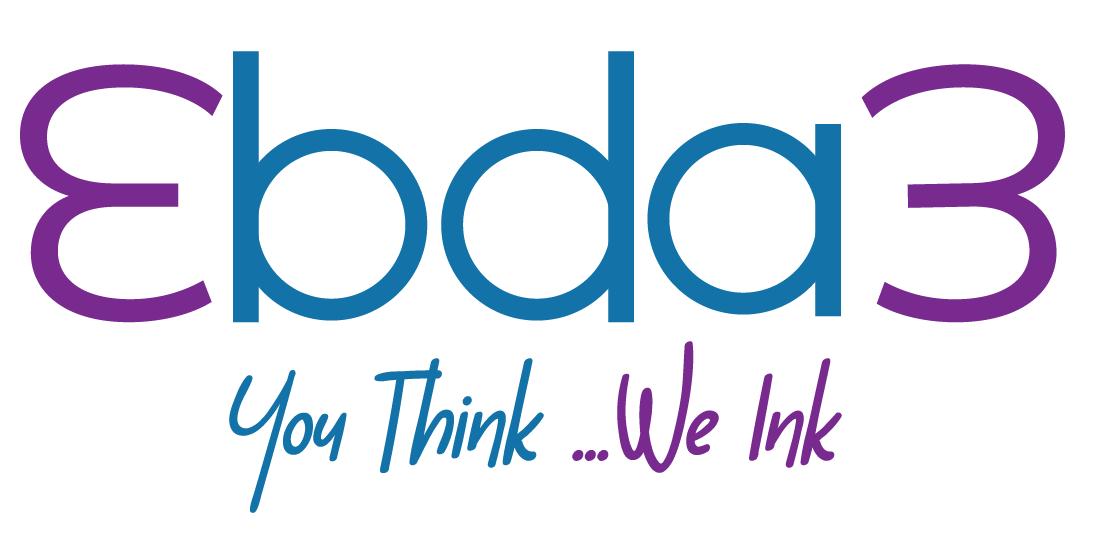Mastering the Portfolio Pitch: Convincing Clients and Employers

Your online portfolio is a treasure trove of your skills and accomplishments, but presenting it effectively is an art in itself. Whether you’re pitching to potential clients or showcasing your work in job interviews, your portfolio can be a persuasive tool that sets you apart. In this post, we’ll dive into the strategies and techniques to master the portfolio pitch, answering questions like, “How do I use my portfolio in interviews?” and “What should I emphasize during a portfolio pitch?”
1. Craft a Compelling Narrative:
Your portfolio should tell a story. Start with a clear introduction that highlights your journey and expertise. Explain how each piece in your portfolio fits into the bigger picture of your career.
2. Tailor Your Pitch:
Customize your portfolio pitch to the specific audience. For clients, focus on how your work can solve their problems. For employers, align your portfolio with the job requirements and company culture.
3. Highlight Your Best Work:
Not everything in your portfolio is equal. Identify your standout pieces and showcase them prominently. Quality over quantity makes a stronger impression.
4. Provide Context:
Don’t assume your audience understands the context of your work. Explain the challenges you faced, your role, and the impact of your contributions. Help them see the value you bring.
5. Focus on Results:
Clients and employers want to know how your work delivers results. Quantify your achievements where possible. Did your design increase website traffic? Did your project boost sales? Highlight these outcomes.
6. Visualize Your Process:
Include visual elements that illustrate your creative process or workflow. This helps demonstrate your problem-solving abilities and professionalism.
7. Show Diversity:
A diverse portfolio demonstrates adaptability and versatility. Include a range of projects that showcase your ability to handle different styles or challenges.
8. Include Testimonials:
If you have received positive feedback from clients or colleagues, use it. Testimonials add credibility and reinforce the quality of your work.
9. Practice Your Pitch:
Before the actual pitch, rehearse your presentation. Be ready to speak confidently about each project in your portfolio. Anticipate questions and prepare thoughtful responses.
10. Be Concise:
Respect your audience’s time. Keep your pitch focused and concise. Highlight the most important details without overwhelming them with information.
11. Use Technology Wisely:
If you have an online portfolio, use it as an interactive tool during the pitch. Click through projects, zoom in on details, and make it an engaging experience.
12. Invite Questions:
Encourage questions and discussion. This shows your willingness to engage and adapt to the needs of your potential clients or employers.
13. Follow Up:
After the pitch, follow up with a thank-you message. Reiterate your interest in the opportunity and express your enthusiasm for potential collaboration.
Conclusion: Elevate Your Portfolio Pitch
Your portfolio is your professional showcase, and how you present it can make all the difference. Whether you’re aiming to win a client’s trust or secure a dream job, mastering the portfolio pitch is an essential skill. It’s not just about displaying your work; it’s about effectively communicating how your skills and experiences can benefit others. With these strategies, you can confidently pitch your portfolio and leave a lasting impression on your audience. So, go ahead, elevate your portfolio pitch, and watch your opportunities soar.





